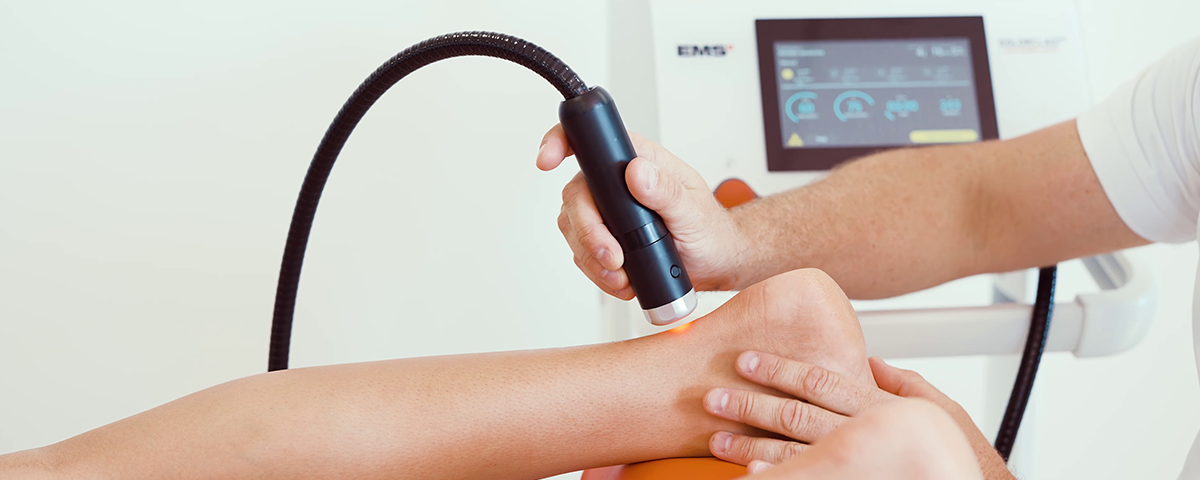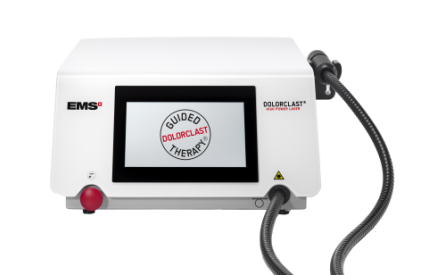
4 pillars of successful high power laser therapy

CORRECT WAVELENGTH FOR BEST TRANSMITTANCE
To treat musculoskeletal conditions, the wavelength must be able to pass through the skin barrier and transmit the highest energy to subcutaneous tissues. The best wavelength is therefore the one least absorbed by unwanted molecules present in the skin, such as melanin, water and blood.

HIGH POWER FOR DEEP ENERGY DELIVERY
90% of laser energy is typically absorbed within the first 10 mm of tissue1. As musculoskeletal pathologies lie beneath the skin, a high peak power is required to deliver therapeutically efficient energy to subcutaneous tissues.

SUPERPULSED EMISSION FOR THERMAL PROTECTION
Pulse durations over 200ns lead to thermal increase in treated tissues2, which may turn into unwanted irreversible protein damage. Real superpulsed emission is characterized by high energy short pulses emitted at an interval allowing thermal relaxation. It enables high energy transfer without thermal increase.

UNIFORM BEAM FOR OPTIMIZED DISTRIBUTION
A laser beam must be uniform to allow homogeneous distribution of the energy to the treated tissues and keep them safe from thermal damage. Top-hat distribution profile is ideal to ensure correct dosing of the energy1.
References
1. Kaub Et Al., Biomedicines. 2022, 10, 3204.
2. Moriyama Et Al., Laser Surg Med. 2009; 41(3):227-31

